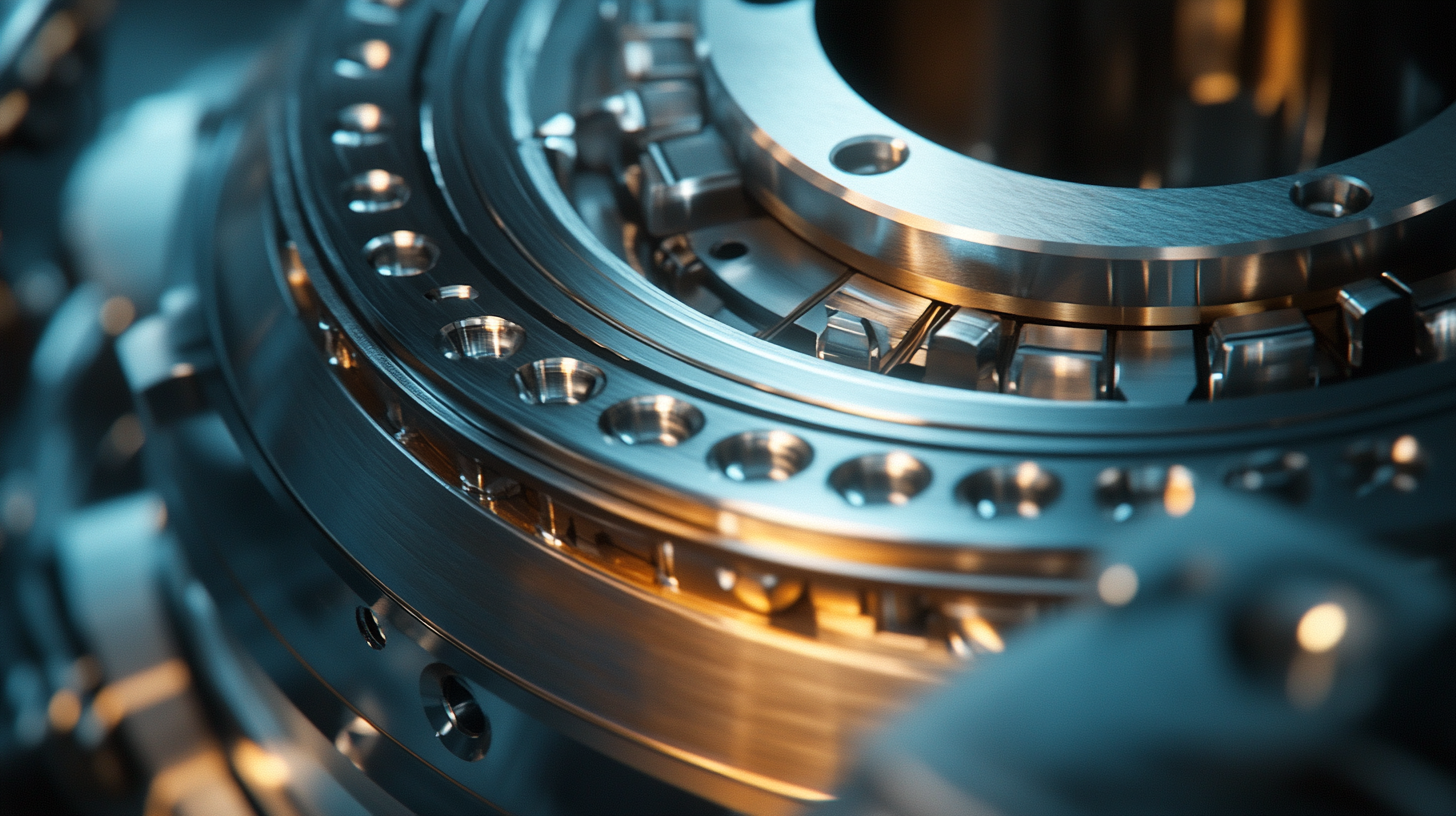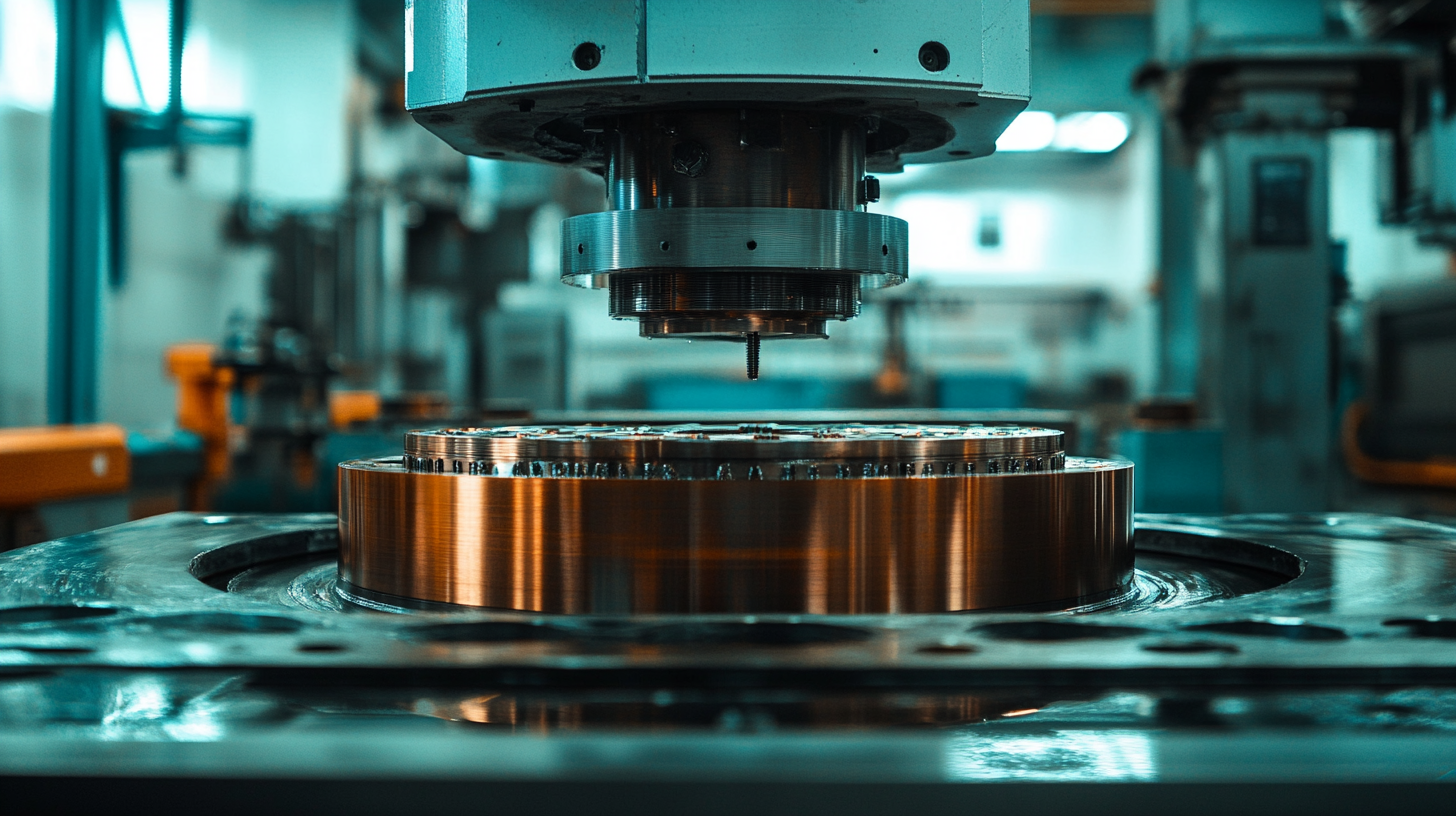5 Exceptional Features of Hot Isostatic Pressing You Need to Know
In the realm of modern manufacturing and material processing, Hot Isostatic Pressing (HIP) has emerged as a game-changing technology that enhances the properties and performance of various materials. By applying high temperature and pressure uniformly in all directions, HIP signifies a revolutionary approach that addresses many challenges faced in conventional fabrication methods. This innovative process not only promotes improved material density but also significantly reduces defects, making it ideal for industries such as aerospace, medical, and automotive.
As we dive into the exceptional features of Hot Isostatic Pressing, it becomes clear why this technique is gaining traction among engineers and manufacturers alike. From its ability to optimize the mechanical properties of components to its role in enabling advanced materials design, HIP stands at the forefront of material science advancements. Understanding these unique features is essential for industry professionals aiming to leverage HIP in their applications, as it holds the key to unlocking unparalleled performance and reliability in high-stakes environments.

Key Benefits of Hot Isostatic Pressing in Material Strength and Durability
Hot Isostatic Pressing (HIP) is a process that significantly enhances material strength and durability, making it a vital technique in various industries including aerospace, medical, and automotive. One of the key benefits of HIP is its ability to eliminate internal porosity, which is critical for improving the mechanical properties of materials. According to a report by the American Society for Materials, parts processed through HIP can show up to a 30% increase in yield strength compared to their conventionally manufactured counterparts. Another advantage of hot isostatic pressing is its effectiveness in enhancing fatigue resistance. A study conducted by ASTM International highlighted that materials subjected to HIP can experience a dramatic reduction in failure rates under cyclic loading situations. This is particularly beneficial in sectors where components are expected to endure high stress and fatigue, such as turbine blades and biomedical implants. Furthermore, the uniformity of the microstructure achieved through HIP contributes to consistent performance across components. Research by the Institute of Materials Engineering indicates that parts undergo less variance in material properties, leading to more reliable and predictable outcomes in application. This consistency is essential for high-precision industries where tolerances are tight and any deviation can lead to significant operational issues. Overall, the benefits of Hot Isostatic Pressing in terms of improved material strength, durability, and consistency not only enhance product performance but also drive innovation in manufacturing processes across various high-demand sectors.

Understanding the Role of Hot Isostatic Pressing in Reducing Porosity
Hot Isostatic Pressing (HIP) plays a pivotal role in enhancing the quality of materials, especially in additive manufacturing (AM) applications where porosity can significantly undermine the mechanical strength of parts. By employing high temperature and pressure in a controlled environment, HIP effectively eliminates residual porosity, resulting in components that boast improved mechanical properties. This process not only enhances strength but also ensures that the materials used can withstand harsh operational conditions, making it a vital technique for critical applications across various industries.
Recent advancements in HIP technology, such as two-step processing, have taken this technique a step further by achieving non-porous, fully-densified structures, including wood. This method not only enhances the physical and mechanical properties of the processed materials but demonstrates the versatility of HIP in different applications. The growing market for isostatic pressing, projected to expand at a CAGR of 7.3% from 2024 to 2030, reflects the increasing recognition of its benefits in producing high-quality, reliable components essential in industries like aerospace, automotive, and medical devices.
As companies strive to optimize product quality and productivity, understanding the significance of HIP in reducing porosity becomes crucial. By investing in hot isostatic pressing, manufacturers can significantly shorten their development cycles while improving the overall performance of their products, leading to safer and more efficient outcomes in critical applications.

Cost Efficiency: How Hot Isostatic Pressing Lowers Production Expenses
Hot Isostatic Pressing (HIP) is transforming manufacturing processes across various industries by notably lowering production expenses. One of the key advantages of HIP is its ability to produce denser, higher-quality components at a reduced cost. According to a report by the International Organization for Standardization (ISO), HIP techniques can enhance material properties, resulting in up to a 30% reduction in machining time due to less wasted material and less rework.
Furthermore, HIP minimizes material waste significantly. Traditional manufacturing methods often involve extensive subtractions of material—up to 50% of the raw material can be lost during machining processes. However, HIP allows manufacturers to use net-shape processes, where the material is not only transformed but also consolidated. This reduction in waste translates into lower raw material costs. A study from the European Association of Automotive Suppliers indicated that companies adopting HIP techniques report savings of approximately 20% in material costs as compared to non-HIP methods.
In addition to material savings, HIP processes contribute to energy efficiency, which plays a vital role in controlling production expenses. Energy costs can account for around 20% of total manufacturing expenses. The HIP process operates at lower temperatures and pressures compared to traditional sintering methods, which optimizes energy consumption. Research from the American Society of Mechanical Engineers has shown that integrating HIP technology can lead to energy savings of nearly 15% to 25%, depending on the material and application. Overall, the cost efficiency of HIP not only enhances profitability but also supports sustainable manufacturing practices by reducing the environmental footprint of production processes.

Enhancing Material Performance: The Impact of Hot Isostatic Pressing on Alloys
Hot Isostatic Pressing (HIP) is a transformative processing technique that significantly enhances the performance of metal alloys. By applying high temperature and pressure in an inert atmosphere, HIP effectively reduces porosity and improves microstructural uniformity in materials. This is especially crucial for industries requiring high reliability and performance under extreme conditions, such as aerospace and medical applications.
One of the remarkable benefits of HIP is its ability to enhance mechanical properties. The process promotes the elimination of voids and defects, leading to improved tensile strength, fatigue resistance, and ductility. This means that alloys treated with HIP can withstand higher stresses and endure harsher environmental conditions, making them ideal for critical components in aircraft engines or medical implants.
Furthermore, HIP plays a vital role in the development of advanced materials, including superalloys and titanium alloys. The enhanced densification achieved through this method allows for the engineering of materials with superior thermal stability and corrosion resistance. This contributes not only to the longevity of the materials but also to the performance of the products they comprise, ensuring they meet the rigorous demands of their applications.
Hot Isostatic Pressing: A Game Changer for Aerospace and Medical Applications
Hot Isostatic Pressing (HIP) is emerging as a transformative force in industries such as aerospace and medical applications. With the recent acquisition of Stack HIP, there has been a significant expansion in the capabilities and capacity for HIP processes, further enhancing its role in these sectors. This technology offers unprecedented benefits, including the ability to improve material density and mechanical properties, which are critical in environments that demand high strength and reliability.
The aerospace sector, in particular, is witnessing a surge in the adoption of HIP technologies. The latest market insights reveal that the Powder Metallurgy market, integral to materials used in aerospace applications, is projected to reach approximately USD 26 billion by 2033, growing at a compounded annual growth rate (CAGR) of 8.8% from USD 11 billion in 2023. Such growth underscores the increasing reliance on advanced manufacturing techniques that bolster the performance of aerospace components.
Additionally, the mechanical properties of materials processed through HIP, such as titanium alloys, exhibit exceptional characteristics including low elastic modulus and enhanced fatigue resistance. These qualities are essential for components that endure extreme conditions, making HIP a game changer for both aerospace and medical applications. As industries continue to innovate, the capabilities offered by HIP will undoubtedly shape the future of manufacturing, driving advancements and efficiencies across these critical fields.
